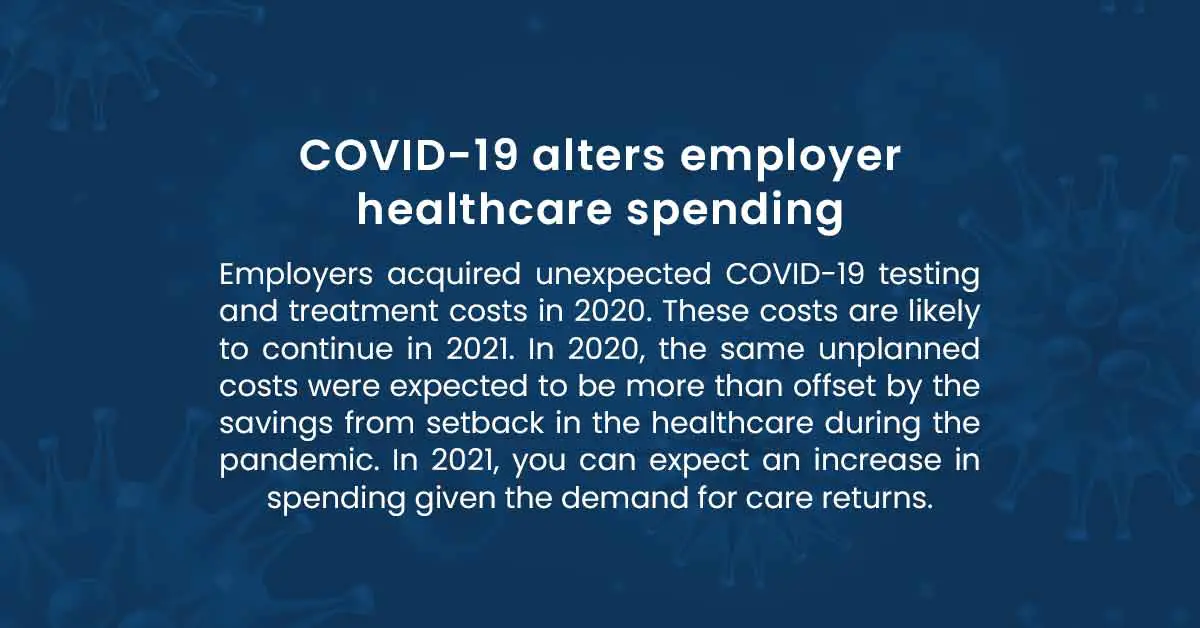2020 was undoubtedly a year full of uncertainty and challenges. It showed us how different industries can become vulnerable when unexpected changes occur, but also has provided many brands and businesses with innovative tech-driven solutions to tackle the rising problems.
Now in 2021, uncertainty still lingers, but we do know that technology will keep transforming across all industries, especially in healthcare. Taking a glimpse into the financial world of healthcare, you’ll find more providers switching to technology that takes off the administrative burden associated with billing and payment processing. Healthcare patient financing has become easier & more accessible for people who need help being able to afford their treatments. Furthermore, practices that provide patient financing can offer their services to a broader group of people.
Here are a few predictions we expect to see in 2021 concerning patient financing:
Telehealth: Not Just a Fad
Telehealth saw exponential growth in 2020. Most patients preferred care alternatives that helped them follow social distancing guidelines. Healthcare practices that had never, or rarely offered virtual care, begun treating it as their primary way of seeing patients. It allowed them to keep their offices at a lower capacity to continue seeing patients who needed in-person care, and provided them a way to see less-critical patients from the comfort of their homes.
For the many healthcare providers still facing significant financial challenges, 2021 will prove to be a sink-or-swim year. Businesses that will adopt and leverage modern technology, such as patient financing software and systems that support telehealth, will be better positioned to flourish in the near future. To keep their competitive edge, providers should focus more on improving their telehealth offerings. This includes finding better ways to integrate telehealth within their brand and payment processing to offer a hassle-free digital experience to their patients. An increasing number of healthcare financing companies in the US are adapting to new-age payment solutions to provide patients with easy access to healthcare treatments.
Whether you’re a dentist, a chiropractor, or a practicing surgeon, there are many innovative services available that can provide solutions for any of your patient financing problems.
Consumerization of Healthcare Payments
Patients are taking more financial responsibility for their healthcare than ever before. They have become discerning customers and expect a more convenient healthcare experience. This includes a need for greater predictability and transparency across billing and prices.
For much of its history, America’s healthcare payment system has remained opaque and complex. Amidst this complexity, both patients and healthcare providers bear the burden and risk. On one side, providers need clarity concerning payment for health services they have performed, and on the other side, patients often receive care without knowing the actual price for services in advance. Such a practice leads to confusion with unforeseen or surprisingly pricey medical bills. A recent survey showed that consumers are more concerned about medical billing compared to the quality of care received.
The survey also found that consumers want to better understand their financial responsibility. Around 67% of patients wish to review the treatment cost before visiting a doctor. Of those, up to 54% of patients found their pricing estimates to be inaccurate compared to their final bill.
With new rules on price transparency starting January 2021, you can expect to see a high demand for technology that gives better visibility to patients concerning healthcare bills. Patients will come to expect more accurate estimates of what they’ll owe and will want to be provided with easier, more convenient ways to pay for their treatments.
The Shift Towards Real-Time Payments
Technologies that streamline and modernize payment infrastructures have made a significant impact on banking and financial services. They speed up back-end operations, digitize analog processes, and offer improved customer experiences. The healthcare industry is set for this much-needed transformation, and you can expect to see a noticeable shift in the way providers get paid in the future.
The lag in the current process involving a healthcare provider receiving payment is due to complexities that prevail in current reimbursement structures. This makes it difficult for providers to predict and manage cash flow. Moreover, the slow and ineffective process of filing a claim, waiting for the claim to be adjudicated by a patient, and facing denials that need intervention, leads to a significant loss of time and resources.
Healthcare providers can learn from the payment models of other industries and improve their own process by tapping into the assets at their disposal. With massive data sets, technology, and smart algorithms, there will be a shift towards healthcare payments occurring in near real-time. This will create a more seamless, less confusing experience for patients and a faster, more efficient billing process for providers.
Understanding Medical Cost Trend
Healthcare provider spending dropped during the first half of 2020, and there was still uncertainty around the remaining half of the year. Health Research Incorporated suggests a 2021 medical cost trend similar to 2020 estimated healthcare costs, normalizing for COVID-19 instead of the actual 2020 costs. Here are the 3 possible scenarios to guide employers and health plans as they anticipate the 2021 medical cost trend:
High-spending: Spending would grow higher in 2021 despite the decline in 2020.
Medium-spending: Spending would grow at approximately the same rate in 2021 as during 2014- 2019 and as it was expected to in 2020.
Low-spending: Spending would remain low in 2021.
Inflators and Deflators in the Healthcare Industry
Inflator 1 – COVID-19 increased mental health awareness
Employers have begun prioritizing mental health over recent years. Many have expanded mental health benefits and are striving to end the stigma around mental illness. The pandemic year, with its consequent anxiety and social isolation, will increase the need for mental health care during a time when employers are planning to expand access.
What this means: Healthcare practices that provide mental health-focused care should leverage their services to ensure there is enough access to virtual options.
Inflator 2 – Embrace new specialty drugs for increased spending
The majority of medications in the medical pipeline involve specialty drugs. Some of these are curative gene therapies that accompany high-dollar price tags. Current specialty drugs are also driving spending since the conditions for which they are approved for continues to grow.
What this means: Healthcare providers should rethink their capabilities to cover new, costlier therapies. They should partner with other organizations such as pharmaceutical companies, financial institutions, and others to lower the cost of costly treatments.
Deflator 1 – Telehealth has become mainstream
Telehealth has gained ground slowly throughout the last few years. COVID-19 forced its quick adoption by both providers and patients, most of whom never considered the option before. In 2021, telehealth seems like a viable and preferred alternative to in-person care.
What this means: Providers need to review their telehealth contracts and review if partnering with a national telehealth provider, local providers, or both would fit the needs of its members. Providers can also aid employers to promote the utilization of telehealth on a broader level.
Deflator 2 – Narrow network plans to rise in demand
Employers are currently focusing on narrow networks. More than 1/4 of employers have considered networks in recent years with the expectation that they will get greater patient volume.
Why? As COVID-19 and the consequent economic downturn has caused employers to cut down the costs of care and make healthcare providers more accessible in the short term. This will result in cost reduction and bear more risks in exchange for predictable cash flows since it brings more patients for care.
What this means: Providers embracing narrow networks for their exchange businesses may be well-poised to roll out such networks on a wider scale for larger commercial group businesses. Employers will leverage analytic capabilities to comprehend costs in order to decide which networks to join.
Moving Forward
Healthcare will continue to expand in 2021, but patients now expect much more from their healthcare providers. Technological advancements, including the availability of payment & finance platforms like Denefits, can help to solve some of the biggest challenges within the healthcare industry. Denefits can help streamline and modernize the way insurers, providers, and patients interact across each stage of payment processing. Healthcare practices owe it to themselves, and their patients, to use the technologies and data sets that can make the process easier and better for everyone.
Denefits can support healthcare organizations that plan to redefine their payment processing and improve their patient financing. Denefits additionally helps patients with its flexible patient financing options to help them afford treatments and care they otherwise couldn’t have.
The post Healthcare Financing in 2021 & Medical Cost Trends That May Play An Influence appeared first on Denefits.


